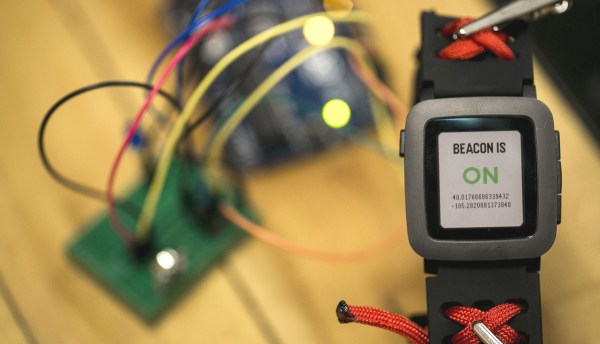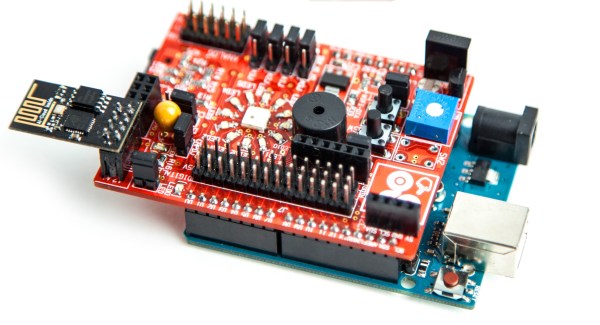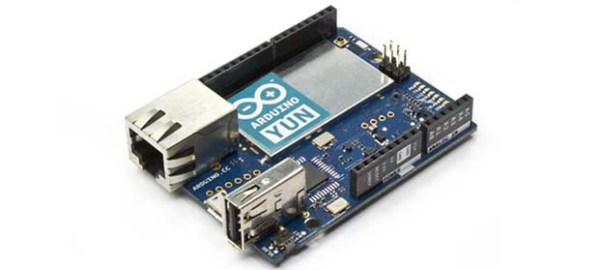Another week goes by and another new IoT platform surfaces. Google has announced Android Things, a build of the mobile operating system designed for smart devices rather than the latest slab of mobile eye-candy. The idea is that the same Android tools, framework and APIs that will already be familiar to app developers can be used seamlessly on IoT Things as well as in the user’s palm.
Of course, if this is sounding familiar, it’s because you may have heard something of it before. Last year they announced their Project Brillo IoT platform, and this appears to be the fruit of those efforts.
So you may well be asking: what’s in it for us? Is this just another commercial IoT platform with an eye-watering barrier to entry somewhere, or can we join the fun? It turns out the news here is good, because as the project’s web site reveals, there is support for a variety of Intel, NXP, and Raspberry Pi development boards. If you have a Raspberry Pi 3 on your bench somewhere then getting started is as simple as flashing a disk image.
The Things team have produced a set of demonstration software in a GitHub repository for developers to get their teeth into. Never one to miss an opportunity, the British Raspberry Pi hardware developer Pimoroni has released an Android Things HAT laden with sensors and displays for it to run on.
The IoT-platform market feels rather crowded at times, but it is inevitable that Android Things will gain significant traction because of its tight connections with the rest of the Android world, and its backing by Google. From this OS will no doubt come a rash of devices that will become ubiquitous, and because of its low barrier to entry there is every chance that one or two of them could come from one of you. Good luck!
















